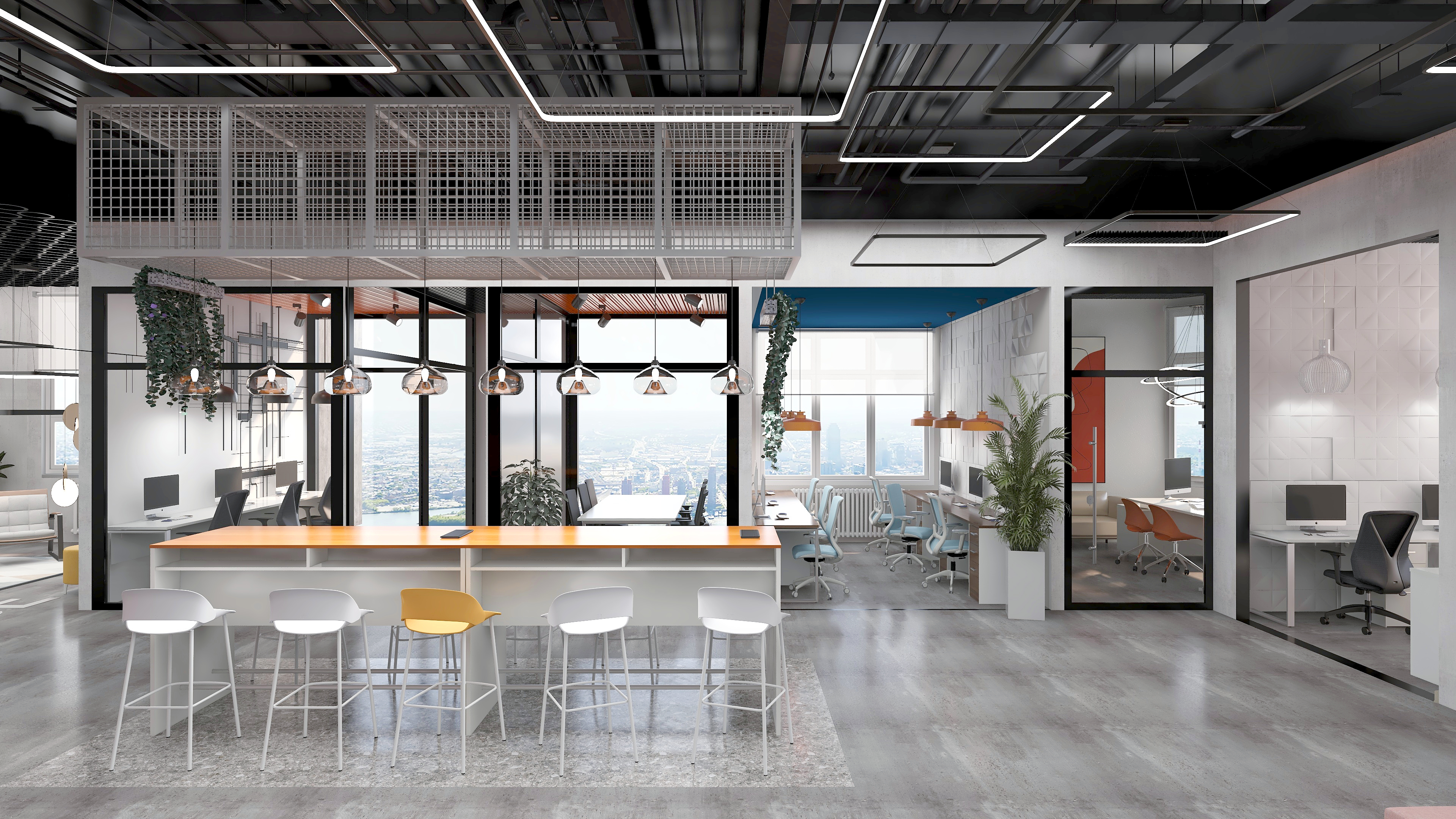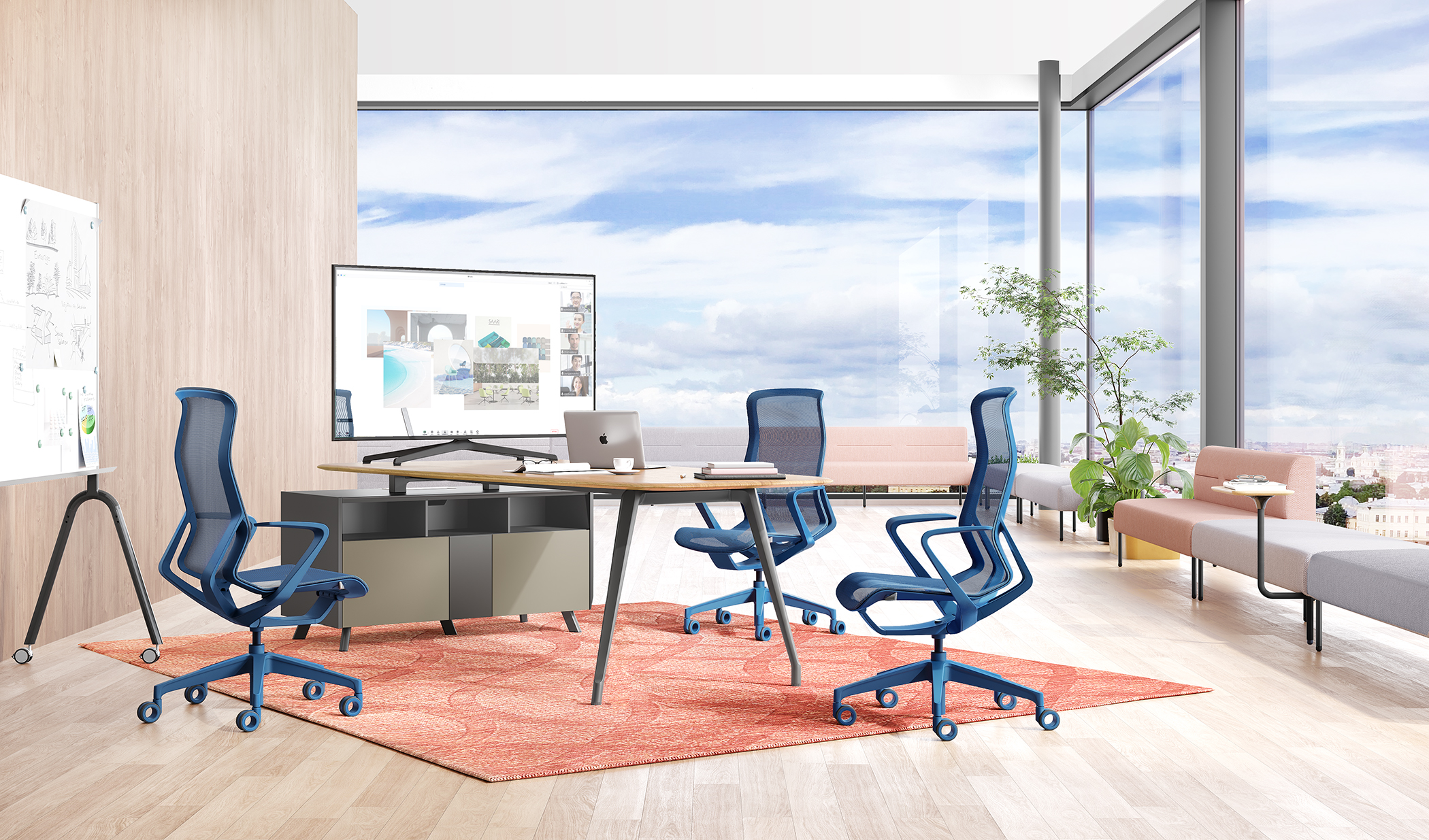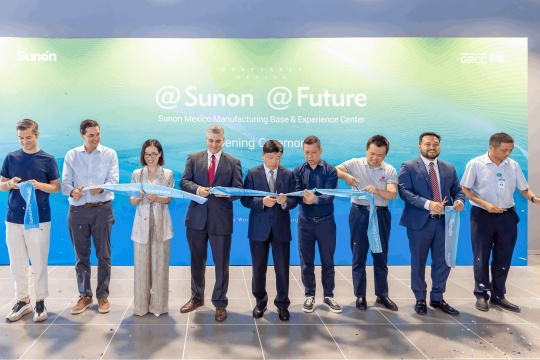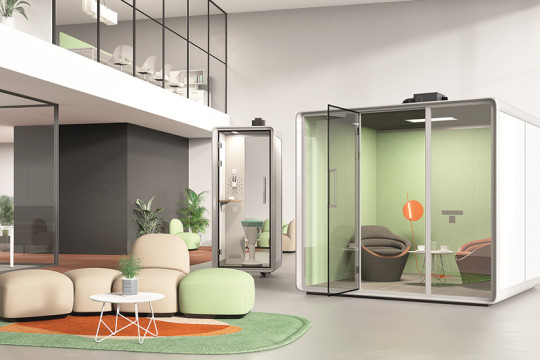Finding the Right Balance Among the 3 Cs
The consensus among workplace researchers is that people who enjoy coming into the office want three things:
- Concentration
- Collaboration
- Connection
But those can lead to a fourth C: conflict. Collaboration and connection mean conversation … which can drive coworkers crazy.
Zone defense
Inspired by urban planning, workplace “zones” have become a popular design concept. But much like in cities, what looks good on paper isn’t always ideal in real life. Creating a collaboration zone may seem as simple as adding some couches, but if the only place you can find for them is next to people’s desks, expect Reddit rants.
Remember: Many people truly do like coming to the office … but only if that office supports their needs. That requires a from-scratch approach. Which teams have daily stand-ups? Which have multi-hour meetings with 8-10 people? Who’s on the phone all day? Who spends the majority of their time on heads-down work?
The best office designs have, not just a mix of open and closed spaces, but enough of each to support a company’s specific needs.

Design along a continuum
Privacy vs. collaboration can seem like an either/or. But think of them more as points along a continuum. At one extreme are spaces like fully enclosed conference rooms, with complete visual and acoustical privacy. At the other end of the spectrum are fully exposed spaces like open-plan areas.
The most effective office designs have options all along the continuum, with the mix depending on the needs of each company’s workforce:
- Fully enclosed rooms with complete visual and acoustical privacy
- Spaces for quick conversations
- Collaborative areas
- Touchdown spaces for working in between meetings
- Phone booths for individual private conversations
- Focus zones

Other considerations
Having the right balance of spaces for collaboration and focus is only the first step. The next is ensuring people actually want to use them. People are drawn to spaces that:
Have the right technology – Are there screens and mics for meetings with remote team members? Are there outlets where people can plug in devices?
Are easy to use – Is the technology intuitive, or is there an instruction guide?
Are beautiful … but also functional – Lots of windows can be great, unless they make the monitor hard to see, or the room super hot.
Support their needs – Is there a whiteboard for taking notes? Places to hang charts and other materials?

Sunon can help
Ready to rethink your office layout? Contact Sunon for learn more about our solutions for collaborative and private spaces.


